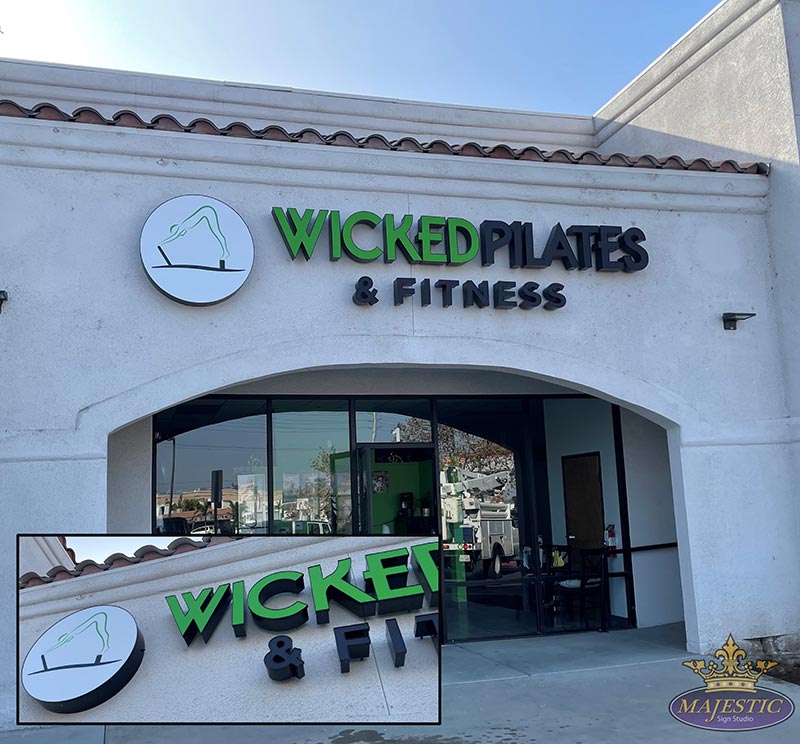In today’s fast-paced business environment, warehouse and distribution companies are the backbone of global supply chains. Efficient operations in these facilities are essential to meeting customer demands, reducing costs, and ensuring on-time deliveries. From advanced technologies to strategic planning, companies in this sector employ a myriad of techniques to streamline their workflows and maximize efficiency. This blog explores the critical strategies that drive success in modern warehouse and distribution operations.
The Role of Technology in Warehousing Efficiency
Technology has transformed the warehousing industry, offering tools to automate tasks and enhance productivity. Warehouse Management Systems (WMS) play a pivotal role by providing real-time data on inventory levels, order tracking, and labor management. Furthermore, automation technologies such as conveyor belts, robotic arms, and autonomous forklifts reduce human errors and speed up repetitive tasks. Investing in the Internet of Things (IoT) enables smart tracking of goods, ensuring inventory accuracy and minimizing delays. These advancements not only optimize operations but also improve customer satisfaction.
Optimized Layouts and Space Utilization
A well-organized warehouse layout is key to efficient operations. Companies optimize space by using vertical storage solutions, such as pallet racks and mezzanine systems, which maximize storage capacity without expanding the facility’s footprint. Efficient layouts minimize the distance traveled by workers, reducing pick-and-pack times. Zone picking, where items are grouped by demand frequency, and cross-docking practices help streamline the flow of goods through the warehouse. This strategic approach minimizes bottlenecks and ensures seamless operations.
Data-Driven Decision Making
The use of data analytics has revolutionized decision-making in warehouse and distribution centers. By analyzing historical data, companies can forecast demand, plan inventory levels, and anticipate potential disruptions. Predictive analytics also aids in workforce scheduling, ensuring adequate staffing during peak periods. Real-time dashboards provide actionable insights into key performance indicators (KPIs), allowing businesses to identify inefficiencies and implement timely improvements. This data-driven approach enhances operational agility and reduces costs.
Sustainability Practices for Modern Warehousing
Sustainability is increasingly becoming a priority for warehouse and distribution companies. Energy-efficient lighting, renewable energy sources, and eco-friendly packaging solutions are commonly adopted practices. Additionally, many companies are investing in electric or hybrid vehicles for last-mile delivery. By integrating green practices into their operations, businesses not only reduce their environmental footprint but also align with consumer expectations for sustainable practices. This dual focus on efficiency and sustainability strengthens brand loyalty.
Employee Training and Workforce Productivity
A skilled and motivated workforce is indispensable to efficient warehouse operations. Companies invest in comprehensive training programs to ensure employees are adept at handling modern technologies and processes. Cross-training workers to perform multiple tasks increases flexibility and reduces downtime. Moreover, employee engagement initiatives, such as incentive programs and career development opportunities, foster a positive work environment, boosting overall productivity and morale.
Effective Inventory Management
Inventory management is a critical component of warehouse efficiency. Implementing just-in-time (JIT) inventory strategies minimizes excess stock while ensuring that goods are readily available to meet demand. RFID tagging and barcode scanning facilitate accurate tracking of inventory in real time. Moreover, cycle counting, a process of regularly counting a portion of inventory, helps maintain data accuracy without disrupting operations. By streamlining inventory processes, companies can reduce carrying costs and improve order fulfillment.
Leveraging Partnerships and Outsourcing
Many companies enhance their efficiency by partnering with third-party logistics (3PL) providers. These partnerships enable businesses to leverage the expertise and infrastructure of specialized providers, reducing operational complexities. Outsourcing certain tasks, such as packaging or distribution, allows companies to focus on core competencies while maintaining high service levels. Collaborative relationships with suppliers and carriers further improve supply chain visibility and resilience, ensuring smooth operations even during disruptions.
Conclusion: Driving Success Through Efficiency
Warehouse and Distribution Company are at the forefront of supply chain innovation, constantly seeking ways to streamline operations. By embracing technology, optimizing layouts, leveraging data, and fostering a skilled workforce, these companies achieve unparalleled efficiency. As sustainability and customer expectations evolve, integrating green practices and maintaining flexibility will be crucial for long-term success. Whether through automation, partnerships, or strategic planning, maximizing efficiency in warehousing and distribution is key to thriving in an increasingly competitive market.












